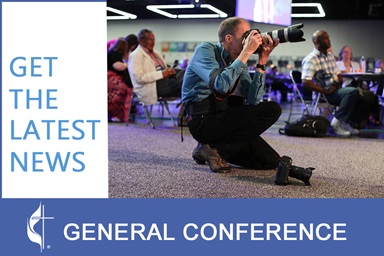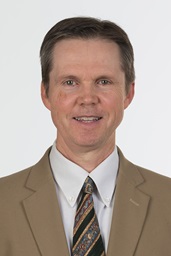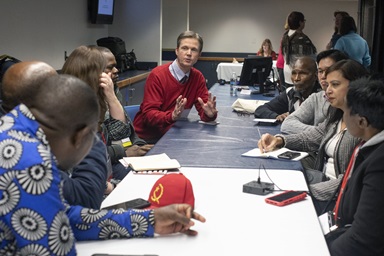The lifting of a “do not use” order for tap water in nine West Virginia counties began today after a chemical spill left 300,000 people without potable water for several days.
Since last Thursday evening, Jan. 9, about 15 percent of West Virginia’s population has been unable to use tap water for anything except flushing toilets and putting out fires.
Officials now believe that about 7,500 gallons of 4-methylcyclohexane methanol leaked last Thursday from a storage facility owned by Freedom Industries into the Elk River near Charleston. The chemical leak occurred about 1.5 miles upstream from a water-treatment facility owned and operated by West Virginia American Water.
At St. Andrew United Methodist Church in St. Albans, area residents stopped by the church over the weekend to fill containers with some of the only usable tap water in Kanawha County. The church, along with the town of St. Albans, gets water from the Coal River, which is outside the contamination area. St. Albans is about seven miles from downtown Charleston.
“We’ve seen a steady but not overwhelming number of people stop by,” said the Rev. Loretta Isaiah, pastor. The church also received about 125 cases of bottled water Jan. 11 from a missionary church in Buckhannon, about 100 miles from Charleston. Only a few cases remained at the church the next day.
Tanker trucks roll in
Tanker trucks of water began pulling into Aldersgate United Methodist Church in Sissonville Jan. 10 and deliveries continued through the weekend. The Rev. Stephanie Bennett, Aldersgate’s co-pastor, said that people have been in good spirits. “I’ve seen people give away their water to neighbors, and our Boy Scout troop has been great,” she said. “They have carried water for the elderly and helped us unload donations of water and other supplies.”
United Methodist churches outside of the affected area have been gathering water and other supplies and delivering to the Kanawha Valley. Suncrest United Methodist Church in Morgantown was enroute this morning to the Charleston area with bottled water and other supplies.
The Rev. Dan Lowther, conference disaster response co-coordinator, said the supply of safe water to the region has been steady. “We have seen lots go out, but there is plenty coming in.” The West Virginia Conference is a member of Volunteer Organizations Active in Disaster and has worked through that agency to coordinate donated water and other supplies.
Impact on low-income workers
Lowther and other church leaders in the conference are concerned about what will happen to low-income workers in the area once the ban is lifted and normal daily routine returns. Restaurant workers lost a weekend of wages because of closures ordered by local officials. A half-dozen restaurants re-opened Sunday with provisional permits, after providing an approved alternative water sanitation plan.
“We will be focusing on where we can help food pantries and other assistance agencies with supplies and dollars,” he said. “We anticipate that rent assistance could be a need as well.”
*Allen is director of communications for the West Virginia Annual Conference of the United Methodist Church.
Make online contributions to the West Virginia Conference or to the United Methodist Committee on Relief’s U.S. disaster response fund.
Like what you're reading? Support the ministry of UM News! Your support ensures the latest denominational news, dynamic stories and informative articles will continue to connect our global community. Make a tax-deductible donation at ResourceUMC.org/GiveUMCom.




